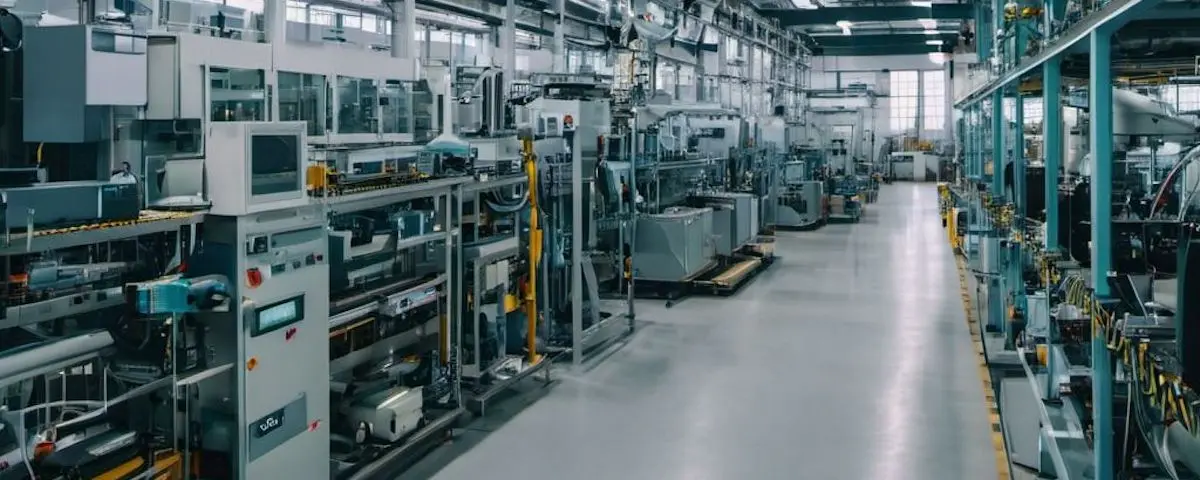
Automation is revolutionizing the way companies work, allowing them to streamline processes, reduce errors, and cut costs. In this blog, we'll take a closer look at automation systems, what they are, and where they are used.
Simply put, automation systems are a set of technologies that perform routine, repetitive tasks without human intervention. These systems use a range of tools to complete tasks on their own, from sensors and technology hardware to software automation. By doing so, automation systems can reduce errors and dramatically improve efficiency, freeing up human workers to focus on more important tasks.
Automation systems are used across a range of industries, from manufacturing to healthcare, with no single way to implement them. Instead, an automation system can be tailor-made to fit the specific needs of any given industry, as automation is most effective when personalized to a specific workflow.
In the manufacturing industry, automation systems are used to streamline assembly lines, making sure products are made with consistency and accuracy. By automating certain tasks such as machine calibration and part loading, manufacturers can create reliable products quickly and safely, improving the overall production process.
In the healthcare industry, automation systems are used to reduce medication errors, handle administrative tasks, and improve patient outcomes. One example of this is automated prescription filling, which can ensure that medication is dispensed quickly and accurately, reducing the risk of human error.
In the field of logistics and supply chain management, automation can help optimize the process of getting goods from Point A to Point B. By automating certain tasks such as inventory control, shipping, and tracking, a company can dramatically improve efficiency and reduce costs.
At its heart, automation is all about process improvement. By identifying processes that are repetitive, time-consuming, require human intervention, or pose the risk of errors, companies can automate them, freeing up valuable time and human resources. In turn, they can focus more on high-demand, value-added tasks that require a human touch – tasks like customer service and product development.
Cost savings is another major benefit of automation. While there is an upfront cost to implementing an automation system, automation can help decrease long-term costs by streamlining processes and reducing errors that can result in wasted materials and resources. Plus, automation can reduce the need for additional human resources, which, in turn, reduces employee costs.
In conclusion, automation systems are transforming industry after industry, improving efficiency, reducing errors, and freeing up human workers to focus on more important tasks. While there is no one-size-fits-all approach to automation, it is clear that the benefits of automation are difficult to ignore. By identifying processes that can be automated, companies can significantly improve their bottom line and keep their workforce focused on more value-adding tasks. And as automation technology continues to evolve, we can only expect it to become more widespread and more effective.
Explore more
Need any help in IoT?
Need any help in IoT? An Atreyo expert identify the right solution for your needs.
If ready to talk to an Atreyo expert
Interested in IoT products? go to


